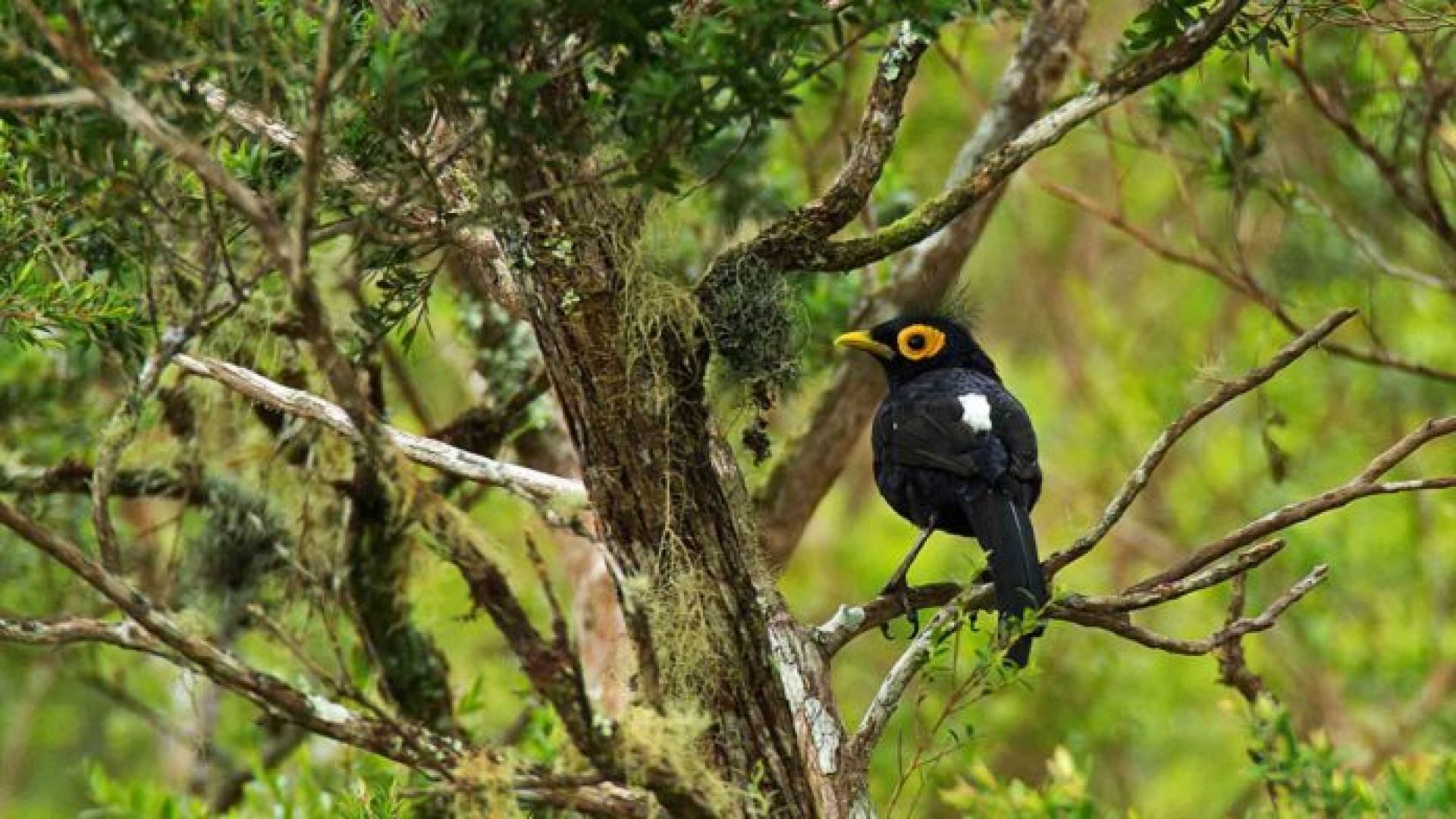For Dr. Juan Carlos T. Gonzalez, a professor at the University of the Philippines–Los Baños (UPLB) and head of the UPLB Museum of Natural History, the current COVID-19 pandemic is a public health crisis that is also a lesson on biodiversity—how human activities have consequences on the natural environment and vice versa.
He recently spoke on the topic at length during an online learning session organized by geothermal energy leader Energy Development Corporation (EDC) in line with Philippine Environment Month in June. The local annual commemoration also coincides with the global observance of World Environment Day every June 5, Philippine Eagle Week every June 6 to 10, and National Arbor Day every June 25.
Dr. Gonzalez defined biodiversity as the observed number of species in a particular geographic location. As such, the study of endemism or naturally occurring species in a location such as an island, region or country is also important to further understand and appreciate biodiversity, as well as to take steps to protect it.
As a bird expert or ornithologist, Dr. Gonzalez highlighted in particular the impressive biodiversity of birds in the country. According to the latest 2019 checklist, there are 700 species recorded with 241 of them found only in the Philippines, with the Mindanao region possessing the highest rate of endemism. Interestingly, new species of birds continue to be discovered, such as the Cebu Hawk Owl in 2012 and the Sierra Madre Ground Warbler in 2013.
For Dr. Gonzalez, such records are not only exciting but also an indicator of the continuously evolving ecosystem and the need for humans to know more about the creatures that they coexist with. As such, protecting biodiversity is crucial, and this can be achieved by planting more trees, vegetation and flowering plants to encourage pollination.
Trees for the future
This is where endemism comes into play. “For the longest time, we have been reforesting using non-native species,” he said. These trees, being unsuitable for the location they are planted in, are unable to thrive and serve their purpose of being home to other endemic flora and fauna. In some instances, such reforestation measures end up being more harmful than beneficial.
Initiatives like EDC’s BINHI greening program have been addressing such needs and ensuring that endemic tree species are propagated and nurtured across the country. Started in 2008, reforestation is the chosen flagship social investment initiative of the geothermal energy company because forest cover plays an integral role in maintaining water beneath the earth’s surface, which is converted by natural heat into steam and then utilized to generate electricity.
To date, BINHI has successfully identified and documented 96 threatened species of native Philippine trees and successfully planted in all 177 partner organizations across the country.
EDC also conducted forest restoration with over 6.5 million of native tree seedlings covering nearly 10,000 hectares of land. EDC’s geothermal energy production sites in Leyte, Bicol, Negros island, and at Mt. Apo in Mindanao are the primary BINHI restoration locations.
Biodiversity takes flight

The results of an almost decade-long Biodiversity Conservation and Monitoring Program (BCMP) carried out in partnership with the University of the Philippines–Diliman’s Institute of Biology in these geothermal sites further illustrate the impact of endemic trees to biodiversity, particularly among birds and flying mammals such as bats. Dr. Gonzalez noted that at least 300 species of birds have been documented to be thriving in these locations, representing about 43% of the total bird species in the country.
Some 169 bird species are Philippine-endemic, which represents nearly 71% of the total endemic species in the country. Most importantly, a total of 59 threatened bird species were recorded in these geothermal sites, including the critically endangered Philippine Eagle. Other important sightings that Dr. Gonzalez noted were the Visayan Tarictic Hornbill in Negros and the Apo Myna in Mindanao, among many other precious birds.
According to Dr. Gonzalez, the BINHI forests are “an amazing laboratory” where scientists such as him are not only able to study species but also “understand the relationships and patterns that govern our own anthropogenic disturbances,” or human activities that impact the environment. These virtual sanctuaries also show that renewable energy such as geothermal are the hope for a future where biodiversity can continue to take flight alongside human progress and modern development.







